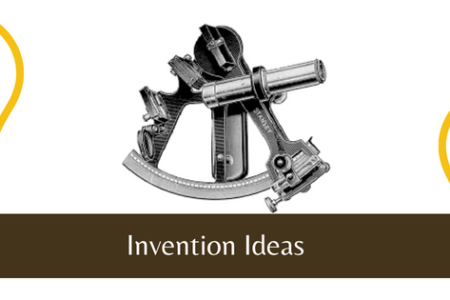In today’s fast-paced and competitive world, new inventors often find it challenging to navigate the complex process of turning their ideas into successful inventions. From patent filings to market research, the journey from concept to commercialization can be daunting for those without experience in the industry. This is where professional invention assistance companies like InventHelp come into play as explained in https://medium.com/@ahadseo24/how-inventhelp-changed-the-invention-game-during-this-years-licensing-expo-a494d793d361 article. These companies provide a range of services tailored to help new inventors bring their ideas to life and navigate the often confusing landscape of the invention industry.
Expert Guidance and Support
One of the key reasons why new inventors should consider using the help of professional invention assistance companies is the expert guidance and support they provide. These companies typically have a team of experienced professionals who can offer valuable insights and advice on various aspects of the invention process. From patent searches to prototype development, these experts can help inventors make informed decisions at every step of the journey.
Access to Resources and Networks
Professional invention assistance companies like InventHelp often have access to a wide range of resources and industry networks that can be beneficial for new inventors. From legal resources to manufacturing partners, these companies can help inventors connect with the right people and organizations to bring their ideas to fruition. This access to resources and networks can be invaluable for new inventors who may not have the connections or knowledge to navigate the industry on their own.

Streamlined Process
Another significant advantage of using professional invention assistance companies is the streamlined process they offer. These companies are well-versed in the various steps involved in turning an idea into a marketable product, and they can help new inventors navigate these steps efficiently and effectively. From conducting market research to creating a business plan, these companies can help inventors save time and avoid common pitfalls that can derail the invention process.
Increased Credibility
By partnering with a professional invention assistance company like InventHelp, new inventors can also gain increased credibility in the industry. These companies often have established reputations and can lend their credibility to the inventor’s idea, making it more attractive to potential investors, manufacturers, and other industry players. This increased credibility can help new inventors gain traction in the competitive invention industry and pave the way for future success.
Support Throughout the Journey
Perhaps the most significant benefit of using professional invention assistance companies is the support they provide throughout the entire invention journey. From idea conception to product launch, these companies can offer ongoing guidance and assistance to ensure that the inventor’s vision becomes a reality. This level of support can be invaluable for new inventors who may feel overwhelmed or lost in the complexities of the invention process.
In Conclusion
New inventors stand to gain numerous benefits from using the help of professional invention assistance companies like InventHelp. From expert guidance and access to resources to streamlined processes and increased credibility, these companies can offer invaluable support to help new inventors bring their ideas to life. By partnering with a professional invention assistance company, new inventors can increase their chances of success in the competitive invention industry and turn their dreams into reality.


















